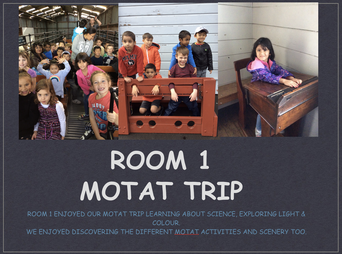|
At left is a flyt-hrough of our new four classroom Innovative Learn block - hopefully to be completed by the start of term 4 2024.
There is provision for each of Thornburg's Learning Spaces within each two classroom level. | ||||||

There is a lot more to learning in the modern world. Our goal is to provide our learners with the optimum opportunities, the optimum teaching team and the optimum environment.
We built an “Innovative Learning Environment” in our senior school, which we now refer to as an ILE - Innovative Learning Environment.
It is based around the concepts of David Thornburg. As part of his research, he has proposed that we need access to five basic environments, or ‘learning spaces’ in which to operate in order to learn effectively.
Learning Spaces
Using Thornburg’s ideas of ‘learning spaces,’ it is easy to see how making some changes to the way we think about learning and how we set up environments for our children to learn can make a difference to the quality of educational outcomes.
Watering Hole
The watering hole is a place where we learn from our peers — where we share the news of the day. The learning at the watering hole is less formal. It involves peer teaching, a sharing of the ideas, news, dreams and discoveries that drive us forward. Each participant at the watering hole is both learner and teacher at the same time.
Mountain Top
This is where we take centre stage, where we share and celebrate our learning.
Sandpit
This is where learning is hands-on, practical, experimental. Maker-spaces, modelling, trial and error and inquiry based practica; exploration.
Cave
Learners need, on occasion, to isolate themselves from others in order to gain insights. They need time alone with their thoughts or to clarify or develop their thoughts. The Cave allows for deep, individualised learning. Learning free from distraction or interruption.
Campfire
There is a sacred quality to teaching as storytelling, and this activity took place in sacred places, typically around the fire. The storyteller shares wisdom and knowledge with learners who, in their turn, become storytellers to the next generation. In this manner, culture replicates itself through the DNA of story. The campfire is a place for group discussion, small group teaching and learning. For debate, discussion and collaborative learning.
Our learners can learn anything, any time, anywhere, with anyone.
What they most need to learn as a result of this ubiquitousness of information, is discernment that allows them to sift, sort and synthesises information into verifiable, useful and transferable knowledge and understanding.
Walker Learning Approach
Work on Writing via the 6 + 1 Traits of Writing was a struggle for our junior children due to them not having enough opportunities to express their creativity and develop their imagination. Walker Learning Approach emphasises creative play alongside their personalised investigations that enhances first their oral language skills - opportunity and motivation to talk. From this comes the natural progression into reading and writing literacy.
We investigated other approaches, but Walker Learning Approach had the most research backing, had good theory behind it and seemed to take a more honest approach to Play Based Learning. They had the research to back the theory and a key aspect was that the approach is personalised to each learner.

